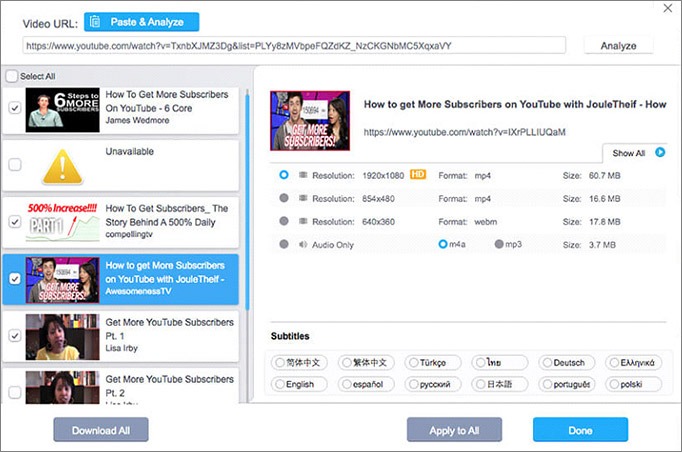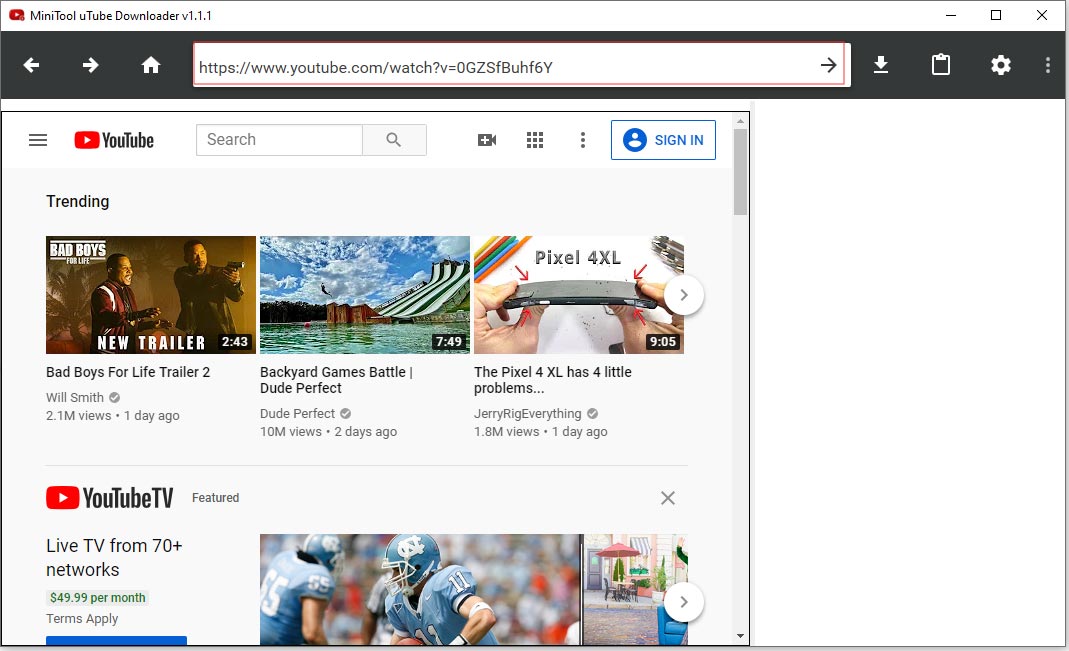
Subtitles are also not considered an appropriate accommodation for deaf and hard of hearing viewers.Ĭaptions assume the viewer cannot hear. Unlike captions, subtitles do not include the non-speech elements of the audio (like sounds or speaker identifications). Their purpose is to translate the spoken audio into the viewer’s language. Subtitles, on the other hand, are for hearing viewers who don’t understand the language of the audio. They are often dictated with a CC icon on video players and remotes. There’s a big difference between closed captioning vs subtitles, even though they are often used interchangeably.Ĭlosed captions assume the viewer cannot hear. But how are they different from subtitles? And how are subtitles different from Subtitles for the Deaf and Hard of Hearing?

Types of Closed Captionsīy now, you know what captions are. While the text within a closed caption file is comprised predominantly of speech, captions also include non-speech elements like speaker IDs and sound effects that are critical to understanding the plot of the video.Ĭlosed captions are usually noted on a video player with a CC icon. They make video accessible to deaf and hard of hearing by providing a time-to-text track as a supplement to, or as a substitute for, the audio. Like a waterfall effect, captions started to appear on television, and by the turn of the century, closed captions had become a legal mandate for television.Ĭlosed captions are a textual representation of the audio within a media file.


Later that year, captions were debuted for the first time to the public on Julia Child’s show, “The French Chef.” In 1972, at Gallaudet University, ABC and the National Bureau of Standards presented the technology necessary to make television accessible with captions. The idea to make television accessible for the deaf and hard of hearing didn’t even sprout until 1970. It took 44 years since the invention of the television to add closed captioning to programs. Go to top The Origin of Closed Captioning


 0 kommentar(er)
0 kommentar(er)
